Exactly three years ago, in the winter of 2019, I went on a day trip to Chernobyl from Kiev, Ukraine. This adventure quickly turned into one of the best history lessons about an event that changed many people’s lives. Since this was one of my most memorable trips I want to share it with you.
Introduction
I was aware of the Chernobyl nuclear power plant. So, when I was planning a trip to Ukraine with a friend, I jumped at the chance to learn more about this significant event in Ukrainian history. The most fascinating aspect of this location, which many people know as an environmental disaster site, is that it had become an eco-tourism destination (before the war of course).
Despite numerous attempts to close the site to tourists, it had a significant impact on outsiders learning about this country’s history. This was certainly the case for my friend and me when we visited this abandoned place.
Morning in Kiev
The tour began early in the morning. When we arrived in the city center, we noticed that the streets were already crowded. We met our tour guide and boarded a bus from Kiev with a small group of people from countries all over the world.
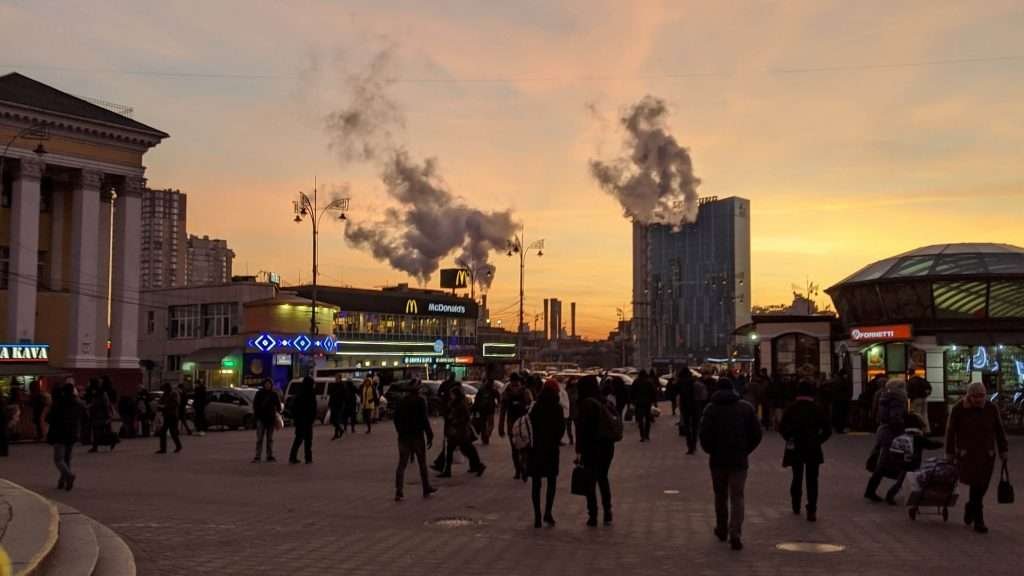
The bus ride took about five hours before we saw signs of Chernobyl and the nearby city of Pripyat. There was a military checkpoint before we could enter the facilities, where our passports were checked.
Radioactivity everywhere
Our tour guide took advantage of the opportunity at the checkpoint to give us all Geiger counters to wear. Geiger counters are radiation measuring devices. He informed us that they are essential because we must constantly monitor the radiation around us. I initially assumed this was a marketing strategy to make the tour more interesting.
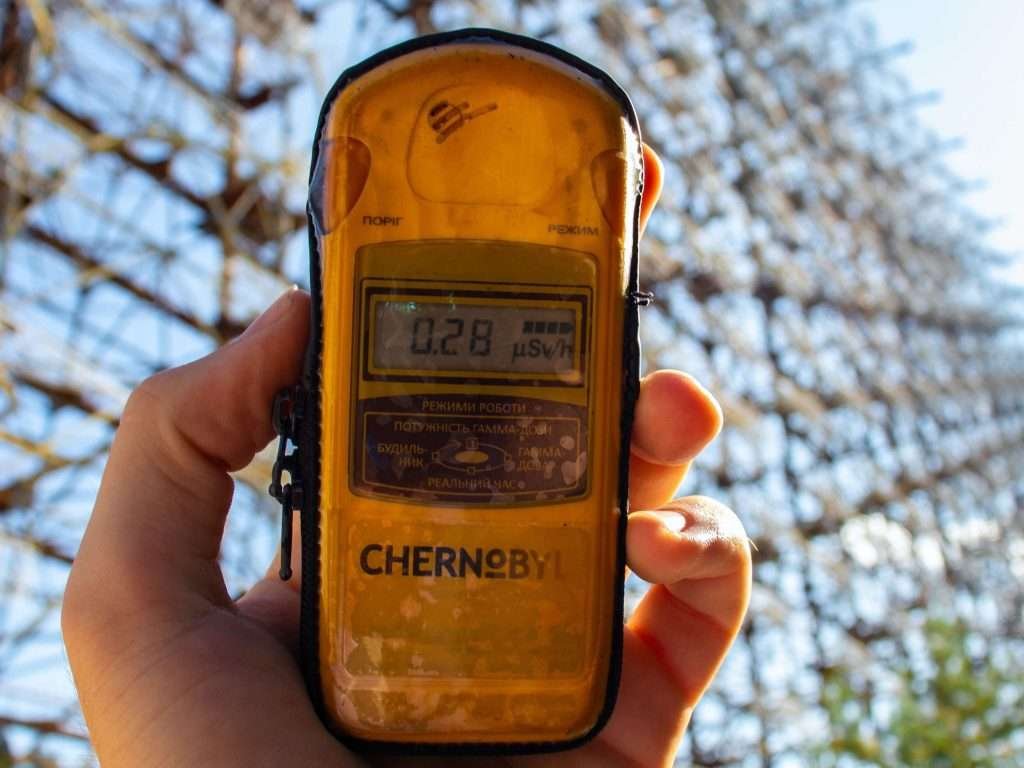
Later on, I found out that some parts of the site (especially organic stuff like plants) still carry very high radiation levels. Therefore, we were adviced to not touch or even step on them. Apparently, some people walked a lot on the ground during the tour. They had to leave their shoes at the end of the journey because they had become contaminated.
First steps into Chernobyl
Finally, we entered the exclusion zone. The zone surrounding the Chernobyl power plant is referred to as such because it is uninhabitable due to high levels of radiation. It stretches for 30 kilometers in each direction and is marked with signs warning people not to enter. Anyone entering or leaving this zone, including us, must be screened for radiation.
The Soviet Radar
Our first stop was the Duga Soviet radar near Chernobyl. The purpose of this radar has been speculated in the past, with theories ranging from Soviet brainwashing to weather modification experiments. However, many experts later realized it was an over-the-horizon radar system. The radar antenna was actually a part of the USSR Ministry of Defense’s Soviet missile defense system.
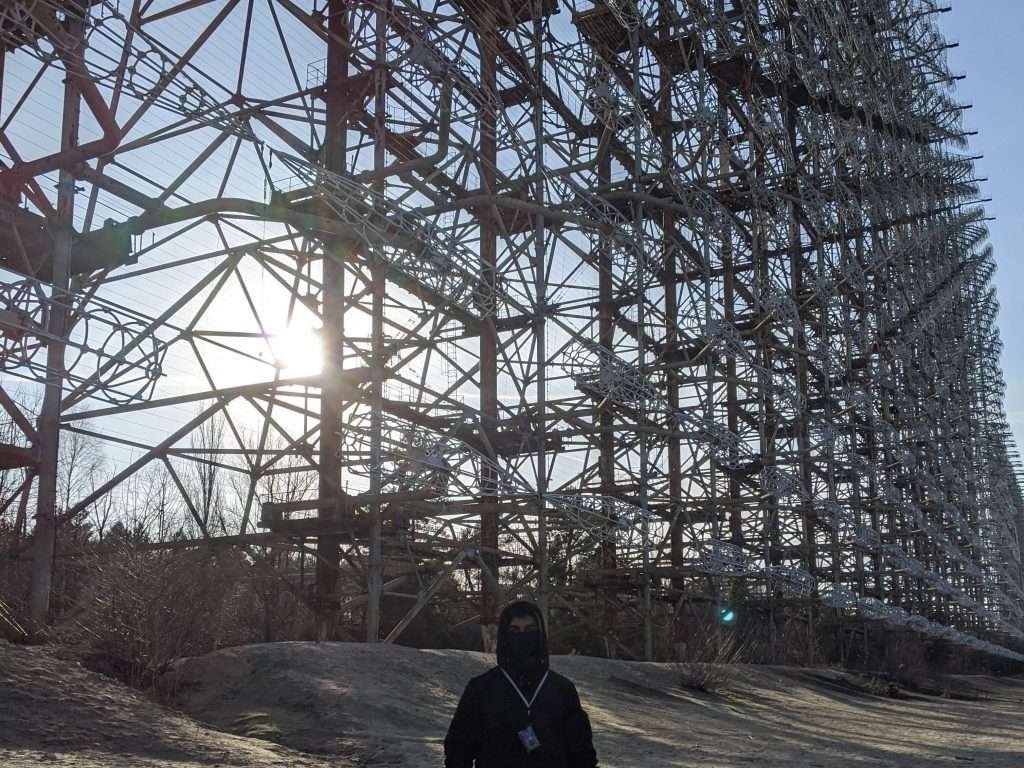
In the aftermath of the Chernobyl disaster, this facility was also forced to close in 1986. The tour took us all over the countryside to see how and what the radar looked like. We even got to go inside the facility to see how big it was (see above).
Lunch time
Entering Chernobyl was extremely nerve-racking. We first pulled up in front of a massive building where we were supposed to have lunch before continuing our journey. We had to pass through a device that measured our radiation levels by placing our hands on a metal plate. When we entered the lunch area, we were surprised to see a large number of what appeared to be workers already eating.
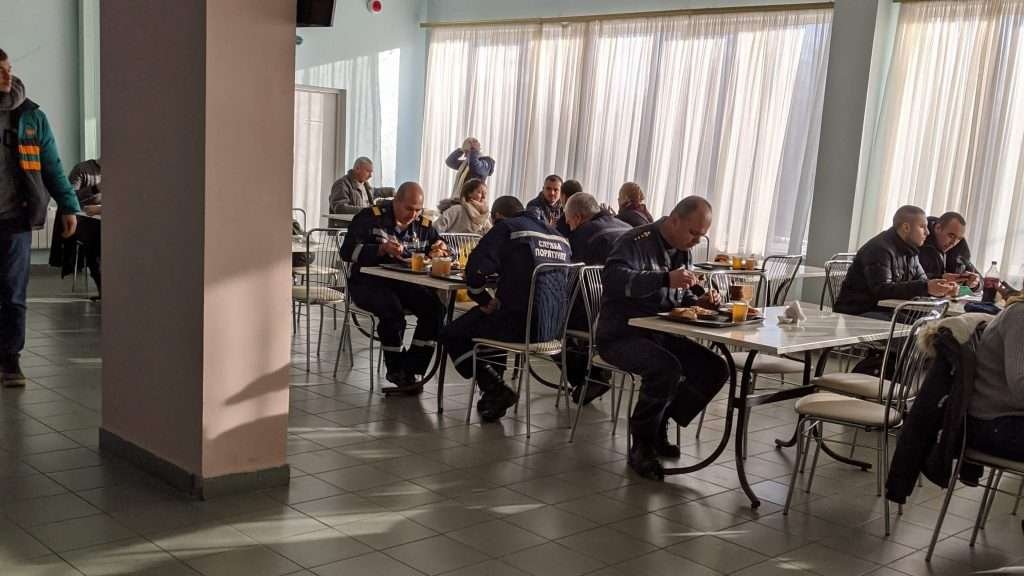
Many buildings in the city have been renovated and now house workers and engineers, soldiers, police officers, and firefighters. These, however, are not permanent residents. It’s insane to think that people there put their lives in danger every day just to make the rest of the country safer.
Tour of the Power Plant
The tour began with a presentation about the Chernobyl disaster, which occurred on April 26th, 1986. We learned what caused the disaster and how it affected people’s lives both locally and globally. At the time of its construction, the power plant was one of the largest and most advanced in the Soviet Union.

We were not allowed inside due to security concerns and ongoing construction, but we did see the power plant’s relatively new steel roof. It was constructed to prevent further radioactivity leakage from the accident’s epicentre. This new shell was supposed to last for a hundred years. Let us hope that the ongoing conflict does not change that.
Pripyat, the abandoned city
The main attraction of the trip was our next stop: Pripyat. Chernobyl’s nearest city is now a ghost town with only old abandoned buildings. We walked past broken windows in schools and empty apartments with furniture left exactly as it was before people evacuated.
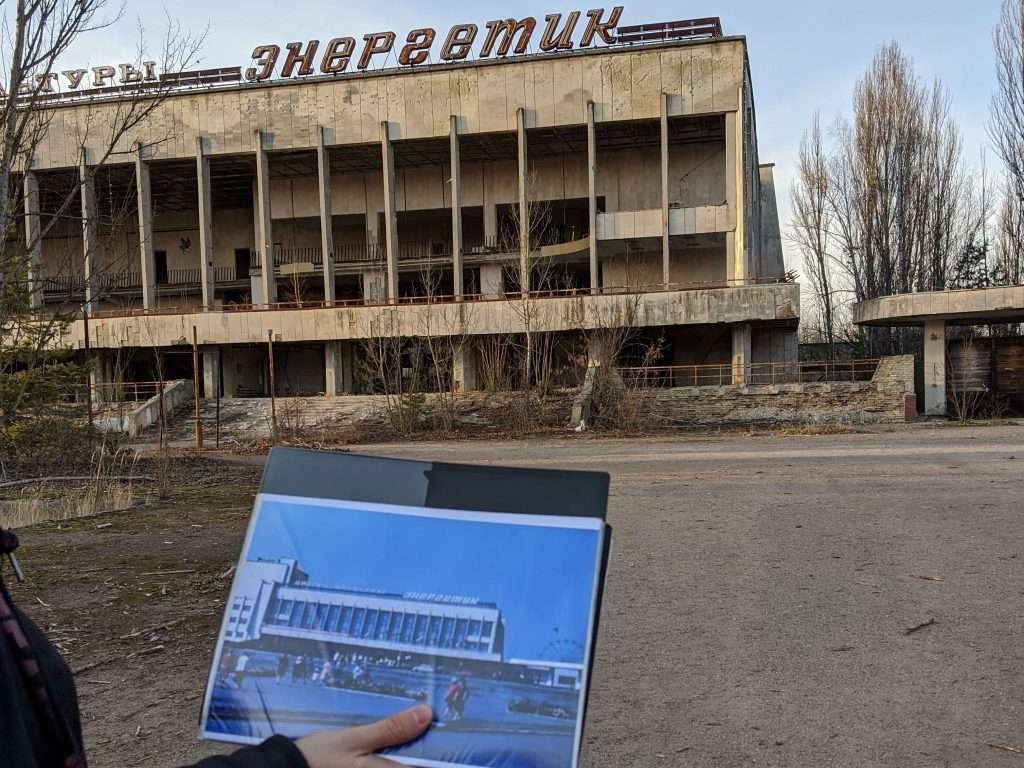
The tour guide told us some of the stories of the people who lived there. He showed us photos of how the buildings used to look. We saw the toys of children who had to abandon everything with their families. Because of the evacuation, the buildings were left with all of their contents inside. It’s difficult to put into words how surreal everything felt.
Views from the roof
We also had the rare opportunity to go inside the buildings and onto the roof to get a good look at the surroundings and the power plant. I got a full view of Pripyat from the roof of one of these buildings. From above, it’s easy to see how many buildings were damaged.
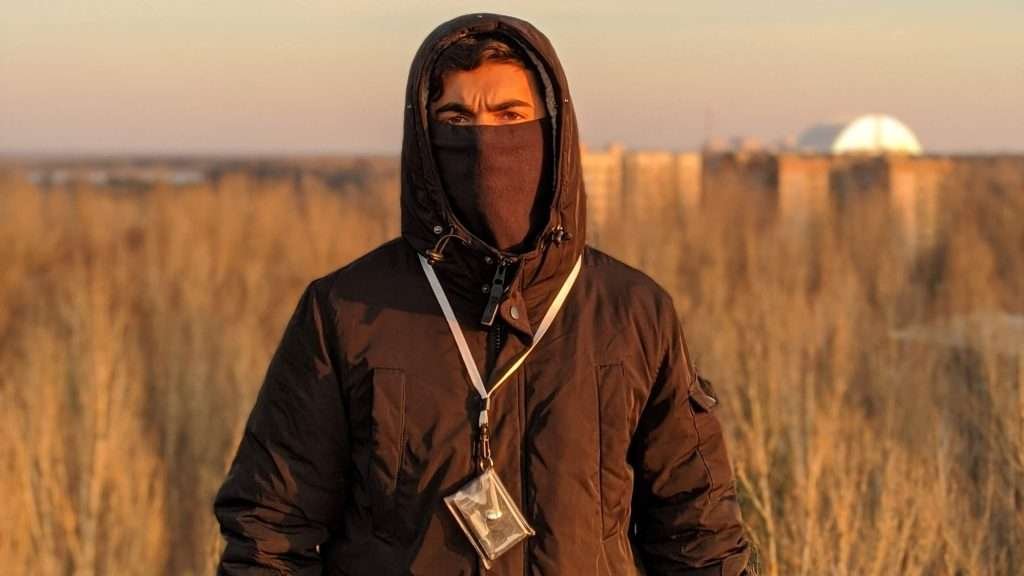
Leaving Chernobyl
We eventually made it back to Kiev, but before we could leave the zone, we had to be checked again. We were concerned when we learned that some people had to leave their shoes and other items of clothing behind. However, we were safe and ready to leave the facilities. Despite the fact that the trip was an emotional rollercoaster, it was well worth it.
Was the tour safe?
Now, you may be wondering if the tour was safe. Naturally, I checked in advance to see if it was okay to take this trip. According to what I read and what we were told on the tour, a tourist who follows the rules of conduct and the guides’ instructions should be relatively safe. The tour guide compared the level of radiation we would receive to that of a long flight.
While this may be true for the majority of visitors, I must point out that radioactivity cannot be seen, felt, heard, or smelled. It can be dangerous if you approach hot spots without knowing and thus expose yourself to higher radiation levels. For example, we were told not to touch any leaves or pet the stray dogs that roamed the grounds.



No Comments